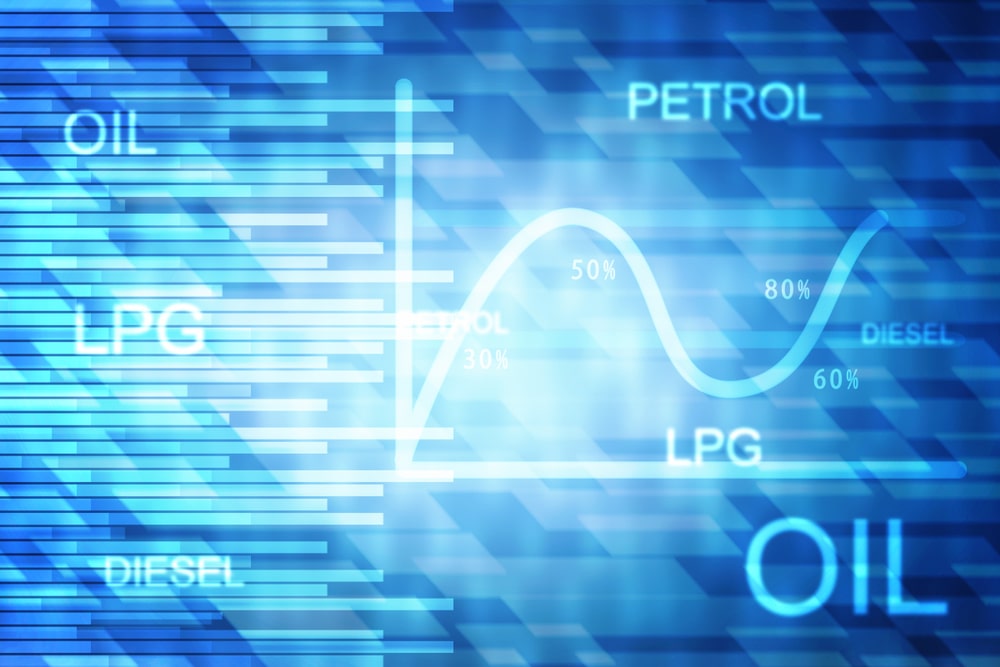Higher Motor Oil Prices Nudge Preventative Maintenance Costs Up

Crude oil saw an uptick in its prices in 2018. In turn, this has also lead to an increase in preventative maintenance expenses. Due to the changes in engine design and improvements in oil quality and onboard monitoring technology, the increase in expenses have not been a cause for much concern. The improvements will also allow existing fleets to extend their oil drain intervals. The intervals will continue to lengthen over time as older vehicles are being retired from the road. Despite the increase, PM (Preventative Maintenance) costs in 2018 remained stable. This is due to oil prices that differ from one region of the United States to another.
OEMs have begun to adopt more strict motor oil requirements for newer vehicles as part of their maintenance policy. Because of these requirements, overall oil costs have slightly increased. Another factor of the increase is more vehicles are increasingly relying on synthetic motor oil. These oils are much higher in costs when compared to mineral-based oils. Yet, the decreased frequency of oil services have helped offset these costs.
Contributing to the trend of extending oil drain intervals are onboarding oil life systems that are currently installed in most fleet models. The idea of extending oil drain intervals is allowing a decrease in waste oil. General Motors (GM) estimates that by extending oil drain intervals, it will allow a decrease of 40 million quarts of waste oil compared to other models that do not have onboarding technology installed.
More OEMs are beginning to utilize the use of onboard oil monitoring systems to ensure that oil change intervals are lengthened and to define the frequency of PM. From a compliance standpoint, a PM interval is still needed so it can properly measure compliance for each vehicle fleet. Before defining a PM interval, an onboard oil monitoring system should take into account the application, usage, idle time, terrain, and PTO usage.
Improvements in engine oil and technology have led to fleets seeing extensions in their oil change intervals. More fleets will continue to see this as older vehicles will soon be retired and replaced with newer models that have a longer interval. While the extended service intervals have stressed the importance of changing the oil regularly, another important thing to make note of is that tire rotations are much more needed than oil changes. This is especially important for vehicle fleets in both the commercial and vocational markets.
The extensions in oil change intervals and the technology allowing it could not have come at a better time. Another factor in the increase in oil prices is based on geopolitical issues. In Venezuela, domestic oil productions have collapsed while Iran has dealt with increased sanctions. As the price of oil increases, so have the costs for oil-based products such as lubricants. Iran’s sanctions have kept prices high in 2018 and are expected to remain at this level in 2019.

